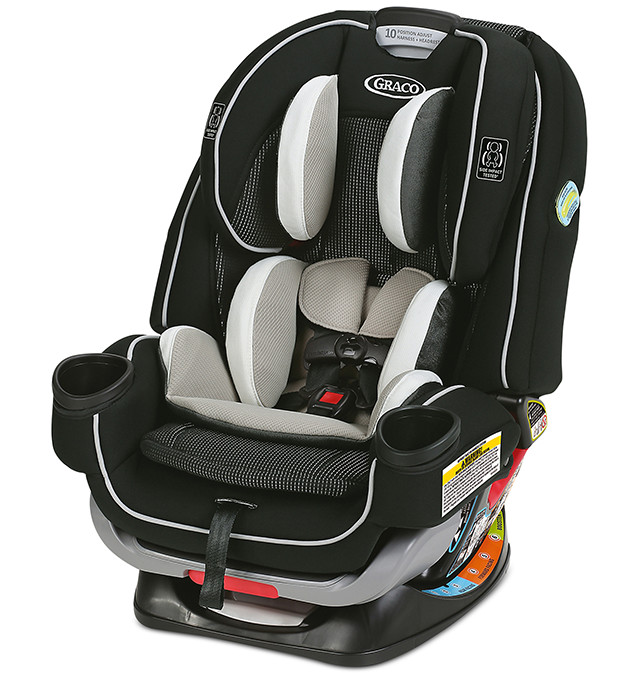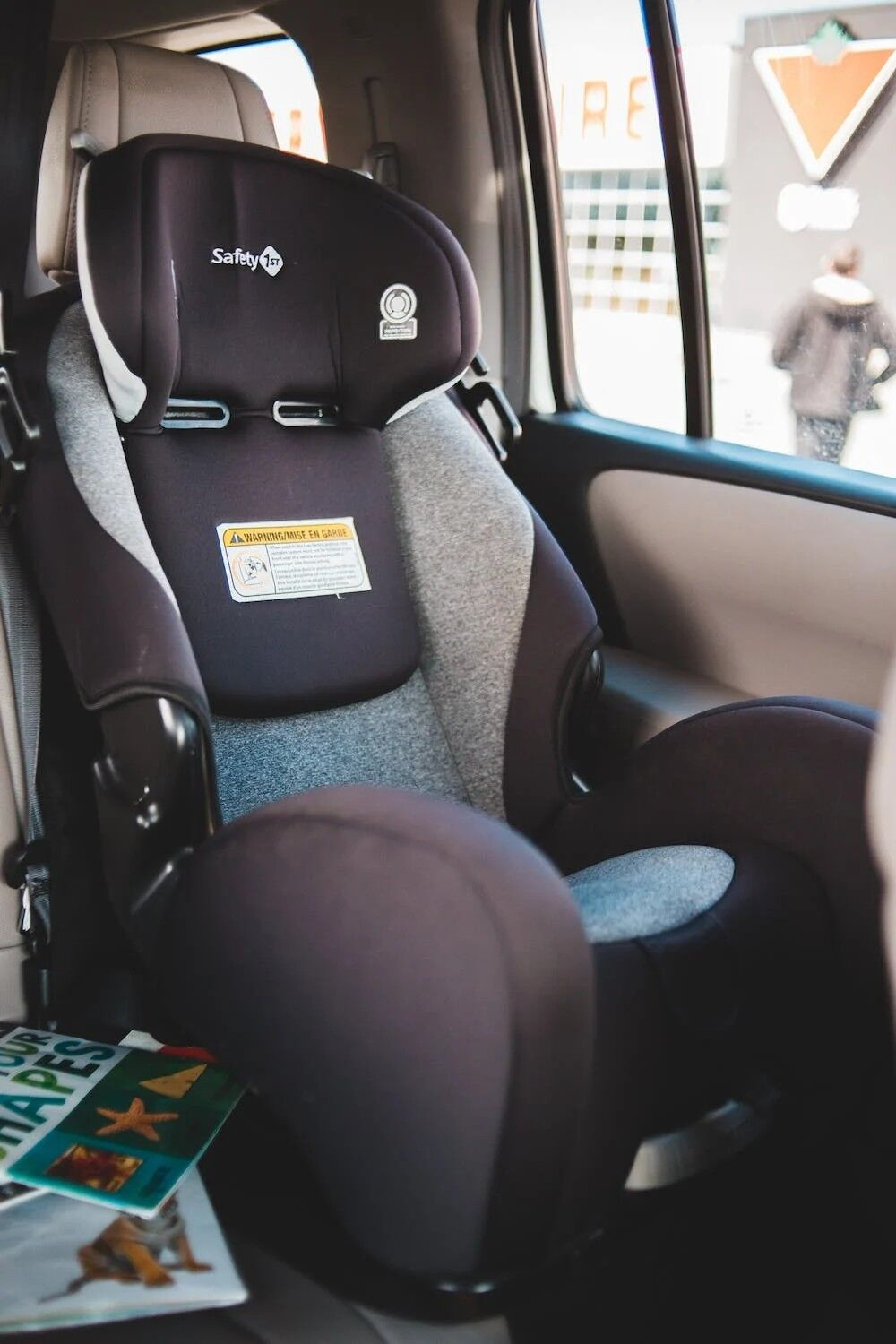Introduction:
Car seats are an essential safety feature for infants and young children in vehicles, providing protection in the event of a collision. However, many parents may not realize that car seats have an expiration date. In this article, we delve into the factors that determine the lifespan of car seats, why they expire, and what caregivers need to know to ensure the ongoing safety of their little ones.
Car seat safety is governed by a complex web of regulations and standards established by governmental agencies and industry organizations. These standards dictate everything from crash test performance to flammability resistance. Understanding these regulations is essential for evaluating the safety and effectiveness of car seats.
Compliance with Federal Regulations: The Importance of Certification
In the United States, car seats must meet stringent safety standards set by the National Highway Traffic Safety Administration (NHTSA). Manufacturers must conduct extensive crash testing and meet specific criteria to receive certification for their products. This certification ensures that car seats provide adequate protection in the event of a crash.
Material Degradation Over Time: Understanding Wear and Tear
Like all products, car seats are subject to wear and tear over time. Exposure to sunlight, fluctuations in temperature, and frequent use can all take a toll on the materials used in car seat construction. Understanding how these factors contribute to material degradation is crucial for determining the lifespan of a car seat.
The Impact of Materials: How They Degrade
Car seats are typically constructed from a combination of plastic, metal, and fabric components. Over time, these materials can degrade due to exposure to UV radiation, heat, and humidity. Plastic components may become brittle, fabric may fade or tear, and metal parts may rust or corrode. As these materials degrade, the structural integrity of the car seat may be compromised, reducing its effectiveness in a crash.
Plastic Perils: Vulnerabilities of Polymer Parts
Plastic components are particularly susceptible to degradation over time. Exposure to sunlight and heat can cause plastic to become brittle and prone to cracking. This can weaken the structural integrity of the car seat and increase the risk of failure in a crash. Additionally, plastic components may degrade over time due to chemical reactions or environmental factors, further reducing their lifespan.
Fabric Foes: The Wear and Tear on Upholstery
The fabric upholstery used in car seats is also subject to wear and tear. Frequent use, spills, and exposure to sunlight can cause fabric to fade, stain, or tear. Over time, the padding in the seat may become compressed, reducing its ability to absorb impact in a crash. Additionally, fabric upholstery may harbor bacteria, mold, or allergens if not properly cleaned and maintained, posing a health risk to occupants.
Evolutionary Trends: Advances in Technology
Advancements in technology have led to significant improvements in car seat safety and durability over the years. Modern car seats feature innovative materials, advanced manufacturing techniques, and enhanced safety features designed to provide maximum protection for young passengers. Understanding these technological advancements can help caregivers make informed decisions when selecting a car seat for their child.
Safety’s Evolution: From Basics to Breakthroughs
The evolution of car seat safety can be traced back to the early 20th century when basic designs were first introduced to protect children in vehicles. Over the decades, engineers and designers have continually refined and improved car seat technology, incorporating features such as energy-absorbing foam, reinforced steel frames, and side-impact protection. Today, car seats are engineered using state-of-the-art materials and manufacturing processes to provide superior protection in a wide range of crash scenarios.
Materials Matter: Innovations Driving Durability
One of the most significant advancements in car seat technology has been the development of durable, lightweight materials that offer superior protection and longevity. High-strength polymers, such as reinforced plastics and carbon fiber composites, are now commonly used in car seat construction to provide maximum strength and impact resistance while minimizing weight. These materials are resistant to degradation from UV radiation, heat, and humidity, ensuring that car seats remain safe and effective for years to come.
Battling the Elements: Environmental Influences
Environmental factors such as temperature extremes, sunlight exposure, and moisture can significantly impact the lifespan of a car seat. Understanding how these factors affect car seat durability is essential for ensuring the ongoing safety of young passengers.
Temperature Trials: Impact of Heat and Cold
Extreme temperatures can cause materials to expand, contract, or degrade over time. In hot climates, car seat components may become warped or distorted, compromising their structural integrity. Conversely, in cold climates, plastic and metal parts may become brittle and prone to cracking. Caregivers should store car seats in a cool, dry place when not in use to minimize exposure to temperature extremes.
Sunlight Struggles: UV Radiation’s Invisible Threat
UV radiation from the sun can cause materials to degrade and fade over time. Car seats left exposed to sunlight for extended periods may experience discoloration, weakening of plastic components, and deterioration of fabric upholstery. To protect car seats from UV damage, caregivers should use sunshades or covers when parked outdoors and store car seats in a shaded area when not in use.
Moisture Mayhem: Confronting Damp and Humidity
Moisture and humidity can promote the growth of mold, mildew, and bacteria in car seats, posing health risks to occupants. Additionally, moisture can cause metal components to rust or corrode, compromising their structural integrity. Caregivers should regularly inspect car seats for signs of moisture damage and take steps to prevent water infiltration, such as using waterproof seat covers or storing car seats in a dry environment.
Usage Patterns: The Role of Frequency and Maintenance
The lifespan of a car seat is also influenced by how often it is used and how well it is maintained. Caregivers should follow manufacturer guidelines for cleaning and maintenance to ensure that car seats remain safe and effective for as long as possible.
Wear by Numbers: Understanding Frequency of Use
Car seats that are used frequently, such as those used for daily commutes or long-distance travel, may experience more wear and tear than those used occasionally. Components such as harness straps, buckles, and adjusters may become worn or damaged over time, compromising the safety of the seat. Caregivers should regularly inspect car seats for signs of wear and replace any damaged or worn components as needed.
The Long Haul: Duration’s Impact on Durability
The duration of use can also impact the lifespan of a car seat. Most car seat manufacturers recommend replacing car seats after a certain period, typically six to ten years from the date of manufacture. This is because materials may degrade over time, even if the car seat has not been involved in a crash. Additionally, advancements in safety technology and regulatory standards may render older car seats obsolete or less effective compared to newer models.
Maintenance Matters: Preserving the Integrity
Proper maintenance is essential for prolonging the lifespan of a car seat and ensuring its ongoing safety. Caregivers should regularly clean and inspect car seats for signs of wear, damage, or deterioration. Follow manufacturer guidelines for cleaning and maintenance, and avoid using harsh chemicals or abrasive cleaning agents that may damage the materials. Additionally, store car seats in a cool, dry place when not in use to minimize exposure to environmental factors.





